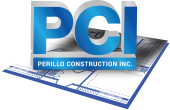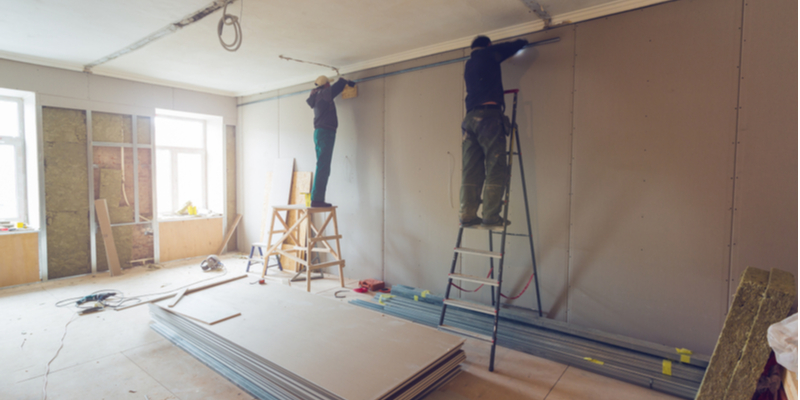If you are planning to move to a new office space soon, you likely have a list of renovations and improvements you would like to see in the new-to-you space. If this describes you and your company, you should know the importance of negotiating a tenant improvement allowance in your lease. Let’s take the time to define the tenant improvement allowance and what it actually covers in regard to your new space.
Defining the Tenant Improvement Allowance
The tenant improvement allowance include funds provided by the landlord to the tenant to cover improvements to an office space. The amount is negotiated in your lease, complete with thorough details describing what those funds can be used to accomplish in the way of building improvements in the space. Most often, the tenant improvement allowance is calculated in dollars per square foot. The tenant improvement is not repaid but functions amid the other terms of the leases, i.e. rental rates, term lengths, etc.; it is often an incentive to get a tenant to agree to and sign the lease. If renovations are needed in the space you are considering, the tenant improvement allowance is crucial to include in your lease negotiation.
Even with a tenant improvement allowance firmly in place, you should know that it does not cover everything, nor is it intended to cover all the costs of your improvements. As a tenant you will likely need to cover furniture, décor, data cabling, which in most cases the landlord will not include. Keep in mind your landlord, in most cases, will only cover improvements which will increase the value of the property such as new doors, windows, walls, etc. During the lease negotiation, as a tenant, you’ll want to negotiate the best tenant improvement allowance possible, keeping in mind that your landlord will likely restrict the items for which it can be used.
Tenant Improvement Allowance Cover This, Not That
During your lease negotiation, you will hear the terms “hard costs” and “soft costs” which in most cases the landlord will agree to cover. Hard costs are improvements made which remain once the tenant leaves, benefiting the landlord. Examples of hard costs include framing and walls, doors, windows, electric, plumbing, HVAC, carpeting, painting, and the like. Soft costs, while not benefiting the landlord directly, are necessary, like the construction management fee.
Now, with all that the tenant improvement does cover, there are a variety of costs your landlord is unlikely to cover. Generally, these exclusions include miscellaneous costs related to your tenant-specific business needs. In other words, if the renovations won’t appeal to future tenants, the landlord will probably exclude them from the tenant improvement allowance. This also includes items, like furnishings and décor, which you can take with you when you move. Examples of these costs furniture, fixtures, equipment, data cabling, electronic equipment, and moving expenses. The landlord’s goal is to invest money toward return on investment for his or her property. As in all instances, there are exceptions in which the landlord may be willing to include these types of expenses in order to secure you, as the new tenant.
Benefitting from your Tenant Improvement Allowance
Though successful negotiation, the tenant improvement allowance is a beneficial part of your lease. Always keep in mind there are a number of factors which play a part in the size of your tenant improvement allowance. Perillo Construction is ready to help you every step of the way from researching potential properties, negotiating the best tenant improvement allowance, and completing your build out successfully – on time and on budget with the highest quality materials.

